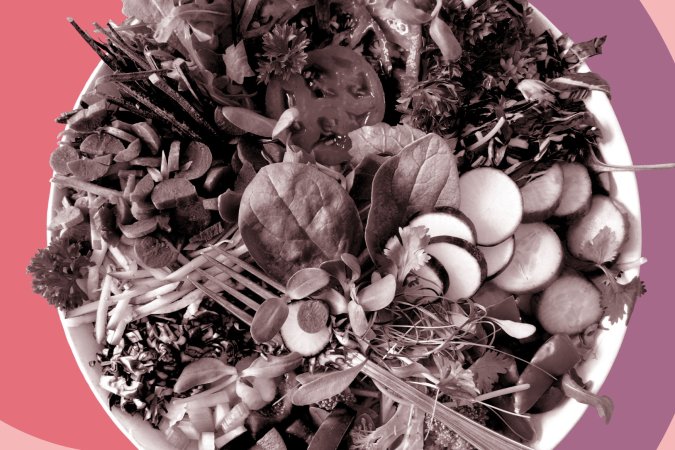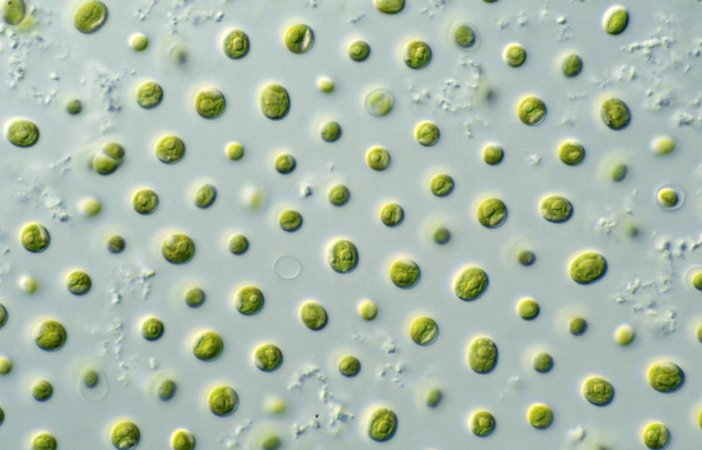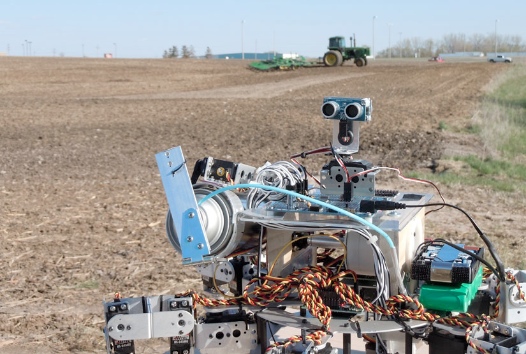

These days, you might notice more brands than ever flouting “sustainable,” “organic,” or “natural” fabrics in their product line-up—but clothing can be easily greenwashed. One recent study by Changing Markets Foundation, a circular economy campaigning firm, found that more than half of the environmental claims made by fashion giants like Zara, H&M, and Uniqlo were “unsubstantiated.” Even brands who tout their sustainability, like Reformation and Levi’s, fell into the “could do better” category when it came to the use of fossil-fuel-based textiles like polyester.
Now, a new type of sustainable fashion has hit the headlines, this time focusing on how fabric materials are grown. Recent brands, including Eileen Fisher, Stella McCartney, Christy Dawn, and Kering Luxury Group, which contains high-end brands like Gucci, Bottega Veneta, Balenciaga and Alexander McQueen, have ventured into the realm of regenerative agriculture to promote a more sustainable fashion experience.
Regenerative agriculture can be defined as farming practices that restore soil biodiversity, which among other benefits, promotes natural carbon storage. One study by the National Academies of Sciences, Engineering, and Medicine estimates that across the US, regenerative agriculture could sequester 250 million tons of carbon—a chunk equal to around four percent of the country’s total emissions.
“It’s a holistic method of working with an ecosystem and creating mutually beneficial connections,” says Mairin Wilson, head of regenerative practices at the dressmaker Christy Dawn. “It uses no chemical inputs, infuses the soil with nutrients using compost and fertilizer, uses low and no tilling, introduces biodiversity with cover, pollinator, and trap crops, and ensures all farmers are paid a living wage. Best of all, regenerative farming absorbs more carbon than it releases, making it a solution to climate change.”
[Related: Bamboo fabric is less sustainable than you think.]
The exact practices might vary brand to brand. For the Kering group, for instance, the goal is to transform more than two million acres of land in Argentina, France, Spain, Mongolia, South Africa, and India into regenerative agriculture space for leather, cotton, wool, and cashmere. For smaller, California-based Christy Dawn, it means putting some of the power in the hands of consumers by allowing them to buy into a regenerative farming in southern India that will be used to grow cotton. At the end of the yearly harvest, they’ll be able to purchase a dress spun from the fibers from the land they invested in and potentially make a profit off of the rest of the crops.
“With that type of connection, the goal is to provide a more environmentally sustainable and socially responsible product for the consumers,” says Huantian Cao, the co-director of sustainable apparel initiative at the University of Delaware, when asked about the Christy Dawn project. “This is very innovative, and I think it’s a good idea.”
The idea connects all three components of sustainable fashion—people, brands, and solutions, says François Souchet, the global head of sustainability and impact at the fashion- and lifestyle-consulting agency BPCM. “I think that type of thinking is scalable,” he adds. And while the Christy Dawn project is small (it currently covers 40 acres and 28,000 pounds of organic cotton), other clothing brands have been able to expand their initiatives significantly in just a few years. Patagonia’s regenerative cotton project, for example, started in 2018 with 165 farmers on 420 acres in India and is now up to 2,260 farmers on 5,248 acres.
[Related: Thrift shopping is an environmental and ethical trap.]
Still, there are some experts who aren’t completely sold. Theresa Lieb, a food systems analyst at the GreenBiz group, wrote in a blog post that while regenerative agriculture for fashion could be a perk for the planet, the dilemma of constantly buying new things is a problem that needs to be dealt with urgently. Nearly 70 new garments are purchased on average each year by American consumers, and some 85 percent of disposed textiles are simply tossed into a landfill or burned. It’s more than just about designing a better product, Lieb argues—it’s about creating fewer, better, and longer-lasting clothes that won’t end up in the landfill. She also notes that it’s important to prioritize necessities like food, fuel, and everyday fibers in agriculture, especially as farming and development push more and more species into extinction.
“Conserving land is better than farming it regeneratively,” she writes.
That gives consumers two options to keep their clothes-buying habits in check. First, they can spend their money at places that are looking for ways to be more sustainable with on-the-ground projects like regenerative agriculture—and making sure those products are high-quality and durable. And second, they can shop less. Thanks in advance to all the outfit repeaters.















